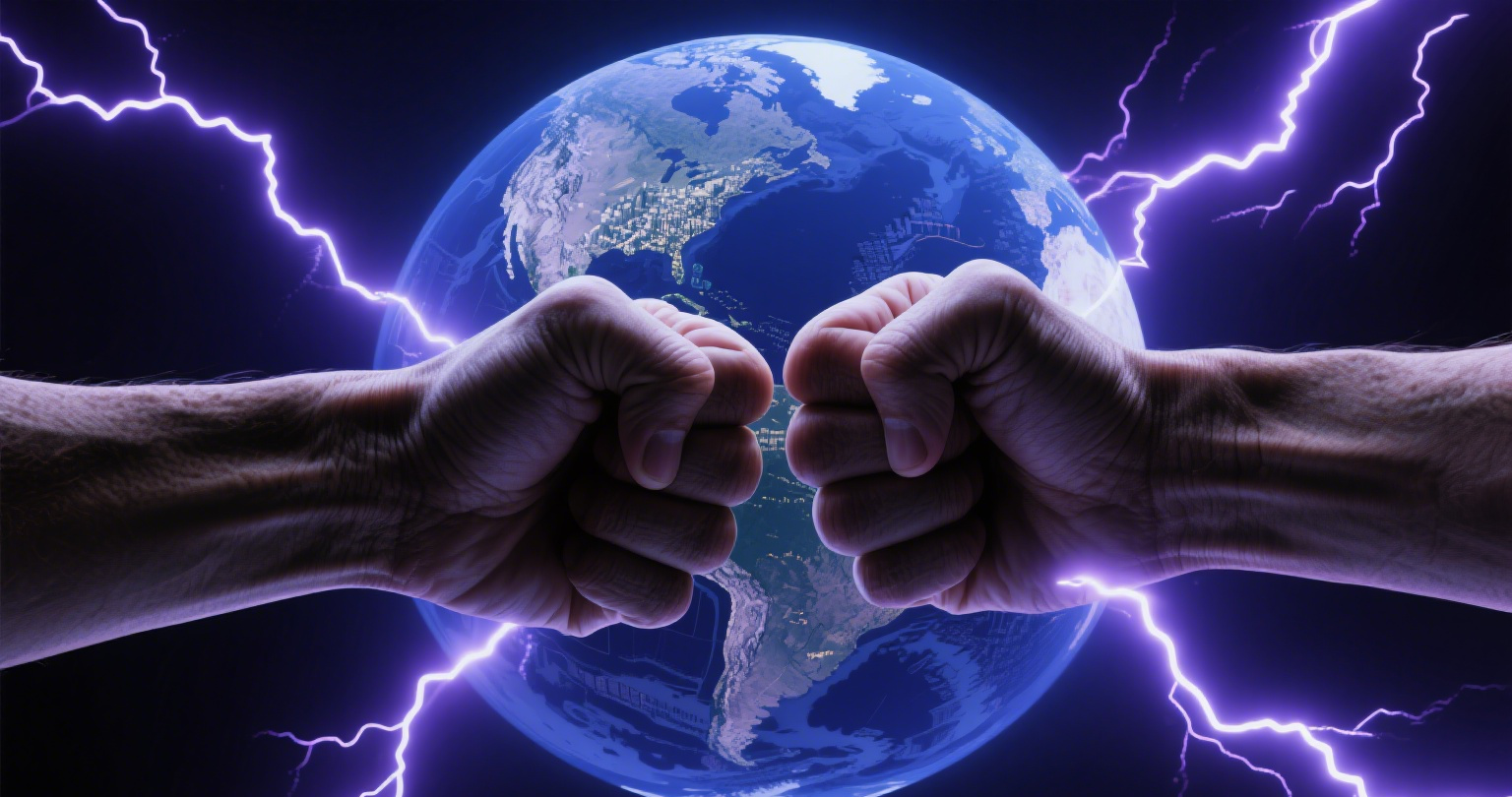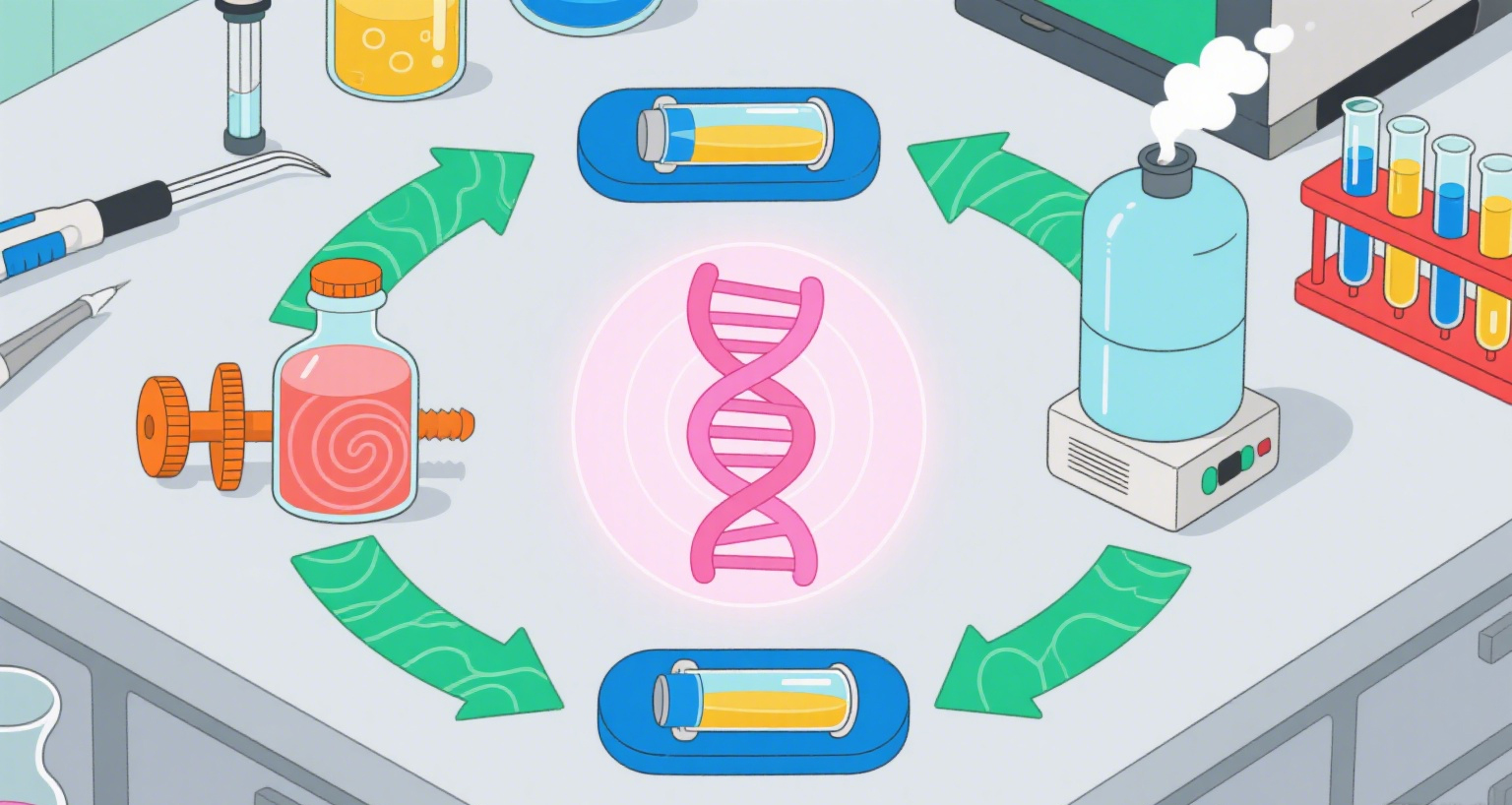 Industry News
Industry News "Tariff Deadline" in Countdown: Trump Opts for Direct Notifications, Axes Meeting Requires
"Tariff Deadline" in Countdown: Trump Opts for Direct Notifications, Axes Meeting Requires
2025-11-20
2025-11-20
2025-10-13
2025-08-27
2025-08-19
2025-07-30
 Current Affairs
Current AffairsBioseparation technology is core to biotechnology, pharmaceuticals, and biomedical research. It separates, purifies, and identifies biomolecules like proteins, nucleic acids, and cells, being key for obtaining high-purity products.
Its key steps proceed sequentially
Technologies are classified by principle: Chromatography separates based on charge, specific binding, etc.; filtration/membrane separation includes ultrafiltration, microfiltration, and dialysis; electrophoresis covers capillary and gel types; centrifugation involves differential and density gradient methods.
Challenges include complex samples, molecule vulnerability to denaturation, and scaling difficulties, requiring parameter optimization and high-throughput screening.
Precise instruments like HPLC systems, centrifuges, filtration systems, and electrophoresis systems enhance separation speed and accuracy. As a foundation for high-quality biomolecules, it advances with technology.
